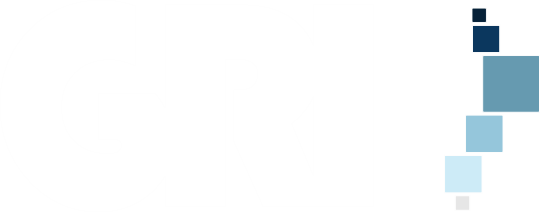Abstract
Crowdsourcing has the potential for use in a wide range of hazard applications by timely collection of large quantities of data. One example is GeoNet’s Felt Rapid Report (FRR) data which has received up to 61,000 reports within 15 minutes of an earthquake. Members of the public indicate the intensity of shaking they experienced during an earthquake by selecting from a series of cartoons. This is related to a value on the Modified Mercalli Intensity scale which can then be used in statistical analyses, modelling and geospatial visualisations of the distribution of shaking. Currently data is aggregated into Community Intensities (CI) based on the New Zealand Fire Service Suburb Database. My statistical analysis of CI’s has shown that the distributions are skewed with a shift from negative through to positive skewness with increasing intensity values. The Standard Error of distributions for different numbers of reports shows that a minimum of 5 reports balanced the reduction in error with maintaining the number of communities reaching this level. My aim is to develop FRR data into a valuable data source by quantifying uncertainties and exploring a range of spatial aggregation units to make it usable for community and scientific purposes.
Click to view or download the PDF of the poster.
